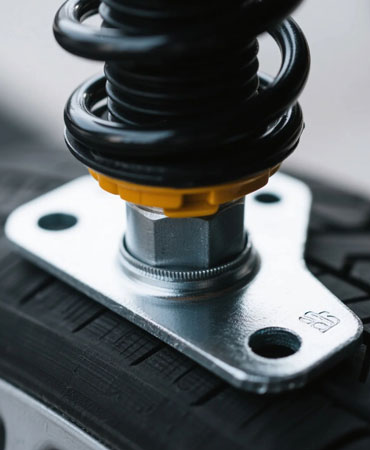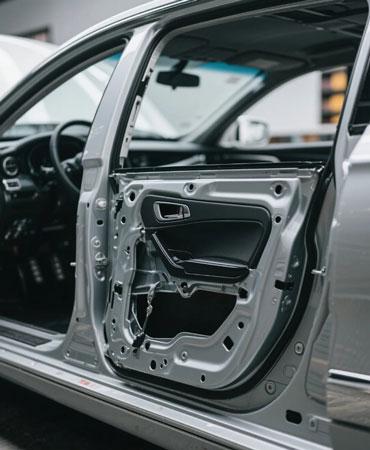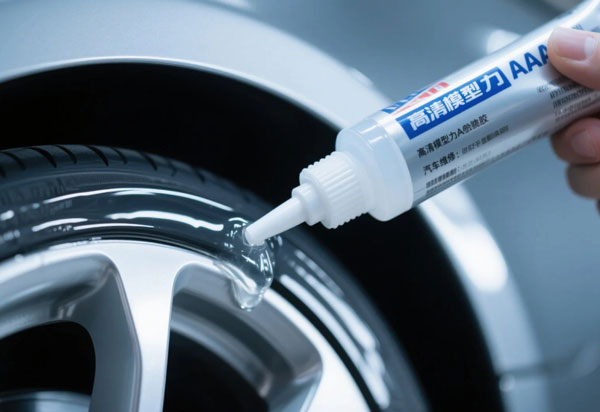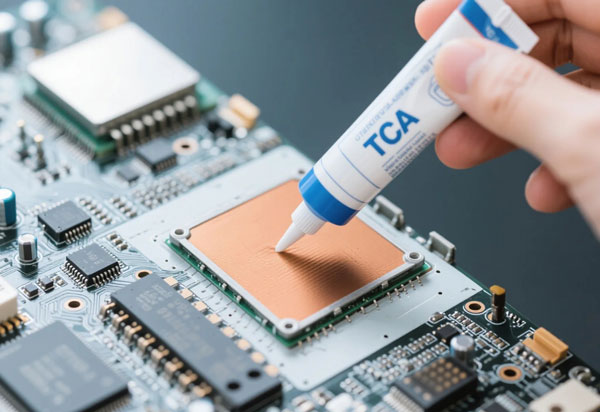 Home / News / Industry News / How well do automotive body adhesives resist vibration?
Home / News / Industry News / How well do automotive body adhesives resist vibration? 2025-10-09
In modern automobile manufacturing, automotive body adhesives have become an integral part of vehicle structural design. Compared to traditional welding processes, adhesives not only achieve lightweighting but also improve overall vehicle durability and comfort. However, with the increasing complexity of the driving environment, vibration resistance has become a key indicator of the quality of automotive body adhesives. So, what exactly is the vibration resistance of automotive body adhesives? This article will provide an in-depth analysis of the principles, testing methods, influencing factors, and practical applications.
Vibration resistance refers to the ability of an adhesive to maintain its structural integrity, bond strength, and functionality when subjected to mechanical vibration or cyclic loads. In automobiles, the body structure is subject to the combined effects of multiple vibrations, including engine vibration, road impact, tire vibration, and aerodynamic loads. Automotive body adhesives must not only withstand static loads but also cope with these complex dynamic vibration environments.
From a professional perspective, vibration resistance primarily encompasses the following aspects:
Fatigue Resistance
The adhesive must not crack or delaminate under repeated vibration loads, ensuring long-term bond reliability.
Damping Performance
The adhesive absorbs vibration energy, reducing the resonance of the vehicle body structure and improving driving comfort.
Bond Strength Retenti
The adhesive maintains its original shear, peel, and tensile strengths under vibration and temperature cycling conditions.

The vibration resistance of automotive body adhesives is not a single indicator but rather determined by a combination of factors. Understanding these factors is crucial for adhesive selection and application.
2.1 Adhesive Types
Common automotive body adhesives include polyurethane (PU), epoxy resin (EP), acrylate (AA), and silicone (SI). Different types of adhesives have different molecular structures and mechanical properties, resulting in varying vibration resistance:
Polyurethane adhesive (PU): Offers excellent flexibility and fatigue resistance, making it suitable for thin body panels and areas susceptible to vibration.
Epoxy adhesive (EP): Offers high bond strength, but is relatively brittle and may experience fatigue cracking from prolonged vibration.
Acrylic adhesive (AA): Offers excellent overall performance, combining toughness and adhesion with moderate vibration resistance.
Silicone adhesive (SI): Offers excellent heat and weather resistance, but exhibits average bond strength, primarily used for sealing and vibration damping.
2.2 Adhesive Thickness and Uniformity
Adhesive layer thickness directly affects its ability to absorb and disperse vibration energy. Too thin an adhesive layer can lead to stress concentration, reducing vibration resistance. Too thick an adhesive layer can cause uneven curing, internal bubbles, and create weak points.
2.3 Curing Conditions and Environmental Factors
The adhesive's curing process (temperature, humidity, and curing time) directly affects its molecular chain structure and mechanical properties. Incompletely cured or unevenly cured adhesives are prone to microcracks under vibration conditions, reducing vibration resistance. Furthermore, the performance of body adhesives degrades at different rates in high and low temperatures, or in humid and hot environments, which also affects vibration resistance.
2.4 Body Structural Design and Stress Conditions
The vibration resistance of an adhesive depends not only on its own performance but is also closely related to the body structure design. For example, joints subject to high vibration loads (such as doors and chassis suspension points) require a high-toughness, fatigue-resistant adhesive; non-load-bearing body parts can use conventional strength adhesives.
To ensure that adhesives exhibit good vibration resistance in actual use, manufacturers typically use a series of specialized testing methods to evaluate them.
3.1 Dynamic Shear Fatigue Testing
Dynamic shear fatigue testing simulates the vibration and stress changes experienced by a vehicle during driving by applying cyclic shear loads to adhesive joints. Testing the residual shear strength of an adhesive after a certain number of cycles can be used to assess its fatigue resistance.
3.2 Vibration Table Simulation Testing
Vibration table testing simulates vehicle vibration under various road conditions to measure the stress distribution and cracking risk of adhesive joints. It is often combined with temperature and humidity testing to more closely resemble actual use scenarios.
3.3 Dynamic Mechanical Analysis (DMA)
DMA analyzes the adhesive's damping properties and energy absorption capacity by measuring the storage modulus, loss modulus, and dissipation factor at different frequencies and temperatures. This is particularly important for assessing the adhesive's comfort performance under high-frequency vibration.
3.4 High-Low-Temperature Cyclic Vibration Testing
Vehicles experience frequent temperature fluctuations during operation, and high-low temperature cycles can affect the adhesive's flexibility and adhesion. High-Low-Temperature Cyclic Vibration Testing allows us to observe changes in the adhesive's vibration resistance at different temperatures, providing a basis for material selection.
In actual production and use, the vibration resistance of automotive body adhesives can be significantly improved through the appropriate selection and optimization of processes. Choose the right adhesive type: Select high-toughness or high-strength adhesive based on the stresses in the vehicle body structure to ensure sufficient vibration resistance in key areas.
Control adhesive layer thickness: Ensure a uniform adhesive layer, avoiding areas that are too thick or too thin. Using automated dispensing or robotic application can improve application consistency.
Optimize the curing process: Strictly control temperature, humidity, and curing time to ensure complete curing and uniformity of the adhesive.
Integrate with structural design: Incorporate reinforcement, supports, or vibration-damping materials in vibration-sensitive areas to improve overall vibration resistance.
Regular inspection and maintenance: Regularly inspect key bonded areas to promptly detect microcracks or delamination risks and prevent damage caused by prolonged vibration.
The vibration resistance of automotive body adhesives not only affects bonding reliability but also directly impacts the following aspects:
Ride comfort: Highly damped adhesives can effectively reduce vehicle vibration transmission, reducing noise and vibration, and improving ride comfort. Safety: During collisions or sudden acceleration and deceleration, the adhesive's anti-vibration performance determines the overall stability and energy absorption capacity of the vehicle body structure.
Durability: Excellent anti-vibration performance extends the service life of the vehicle body structure and bonded components, reducing repair and rework costs.
Lightweighting: High-performance adhesives can replace some welds, reducing vehicle weight without compromising structural strength or anti-vibration performance.
In general, the anti-vibration performance of automotive body adhesives is a crucial factor in determining vehicle reliability and comfort. By selecting the appropriate adhesive type, controlling the adhesive layer thickness, optimizing the curing process, and integrating it with vehicle body design, anti-vibration performance can be significantly improved, ensuring the stability and durability of the vehicle in various complex driving conditions. In the future, with the advancement of lightweight and intelligent vehicles, the technical requirements for anti-vibration, shock absorption, and comfort of automotive body adhesives will be further enhanced, posing greater challenges to adhesive manufacturers in R&D and innovation.
As a professional automotive body adhesive supplier, we are deeply aware of the importance of adhesives in vehicle structure, especially in terms of anti-vibration performance. Leveraging years of R&D and production experience, our adhesives not only offer excellent bonding strength and fatigue resistance, but also effectively absorb vibration energy, enhancing overall vehicle comfort and safety. Whether for critical load-bearing areas or lightweight vehicle body designs, we offer tailored solutions, ensuring each product maintains stable and reliable performance in a variety of complex driving environments.



